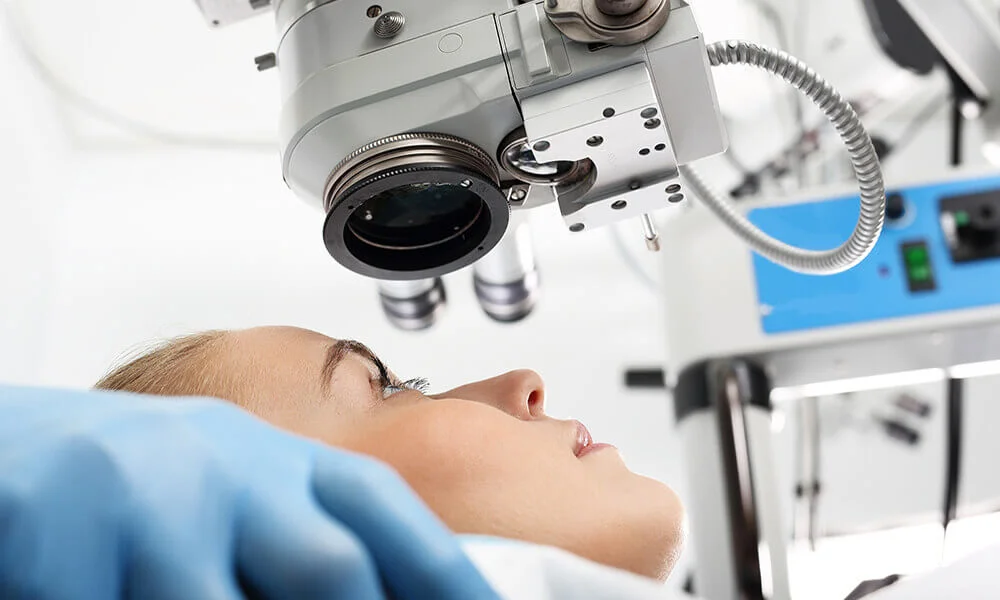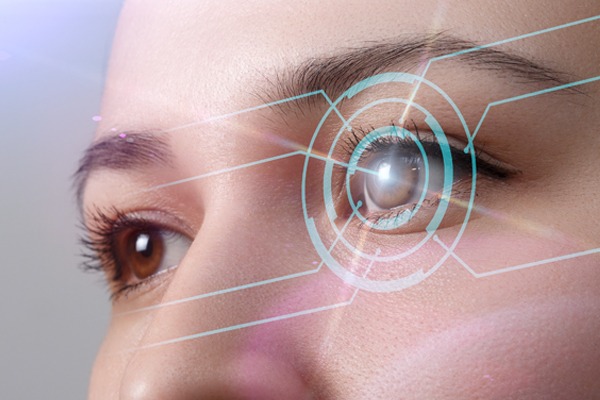
Good eyesight can greatly enhance quality of life, and for most Filipinos, LASIK surgery Philippines is now an affordable option. For students of glasses or professionals seeking easy vision, the surgery is now known as a safe and successful method of refractive error correction. If you are thinking of it, here is a step-by-step guide to get you ready for what to anticipate before, during, and after treatment.
Learning about LASIK in the Philippines
LASIK Philippines is a laser treatment aimed at reforming the cornea to focus light properly on the retina. The outcome is clearer vision without total dependency on glasses or contact lenses. It’s usually prescribed for those suffering from nearsightedness, farsightedness, or astigmatism.
In recent years, improvements in medical technology and the emergence of specialized eye clinics have made laser eye surgery Philippines more convenient than ever. Clinics now offer customized treatment plans, guaranteeing safety and long-term success for potential candidates.
Preparing for LASIK Surgery
Preoperatively, patients undergo a thorough eye evaluation. This involves corneal thickness test, pupil size assessment, and assessment of the general eyesight. Physicians will also determine whether or not the patient has a stable prescription vision for a minimum of one year.
Important preparation steps include:
- Stopping contact lenses several weeks prior to the first assessment since contact lenses may influence corneal curvature.
- Skirting specific medications or supplements if recommended by the physician.
- Sharing health history to exclude conditions that could interfere with healing.
The preparation stage is important because not everyone will qualify. Individuals with extreme dry eye, uncontrolled diabetes, or specific corneal diseases are not likely to be ideal candidates.
The LASIK Procedure: What Happens During Surgery
During the procedure, the majority of patients are amazed at how brief and painless the process is. The operation generally only takes less than 30 minutes for both eyes.
This is generally what happens:
- Anesthetic drops are administered to make the procedure as comfortable as possible.
- A thin flap in the cornea is opened with state-of-the-art laser technology.
- The cornea is reshaped gently with another laser to fix refractive errors.
- The flap is relocated, and natural healing starts nearly at once.
Patients are awake but calm, and mild sedatives are sometimes available at clinics to reduce anxiety. Vision can be hazy immediately afterward, but most see improvement in 24 hours.
Recovery and Aftercare
Healing is typically easy and fast, but best results require following aftercare guidelines. Patients should:
- Rest the eyes immediately following the procedure.
- Apply prescribed eye drops to avoid infection and dryness.
- Avoid rubbing the eyes to shield the recovering corneal flap.
- Avoid exposure to dust, smoke, and water sports for several weeks.
- Have follow-up visits to ensure progress.
Most patients are back at work after two or three days, but physical exertion such as swimming or contact sports should be avoided for a month.
Long-Term Results and Benefits
For the majority, LASIK provides sustained vision enhancement. Although effects depend on age and eye health, numerous individuals gain 20/20 vision or even better after healing. Aside from the tangible advantages, the treatment also decreases reliance on glasses or contacts, reducing long-term expenditure and enhancing lifestyle ease.
It’s also crucial to have realistic expectations. While most obtain very good results, a few may still need glasses for particular jobs, particularly later in life due to natural aging processes such as presbyopia.
Why Filipinos Are Choosing LASIK
The increasing popularity of LASIK Philippines is due to its combination of accessibility, safety, and ease. Clinics provide flexible payment options, high technology allows for better accuracy, and good patient feedback makes more individuals try it. For one considering their options, the procedure is not only clearer eyes but a step closer to independence and an improved quality of life.







